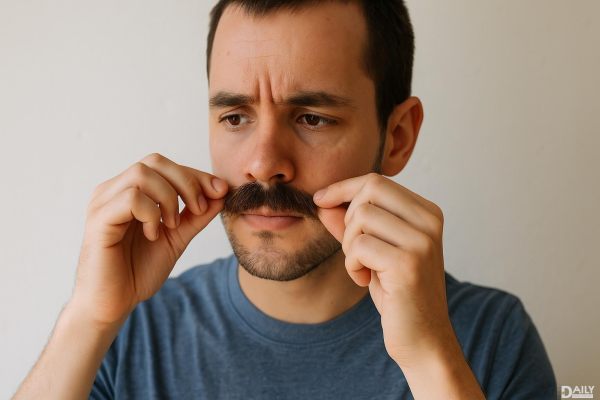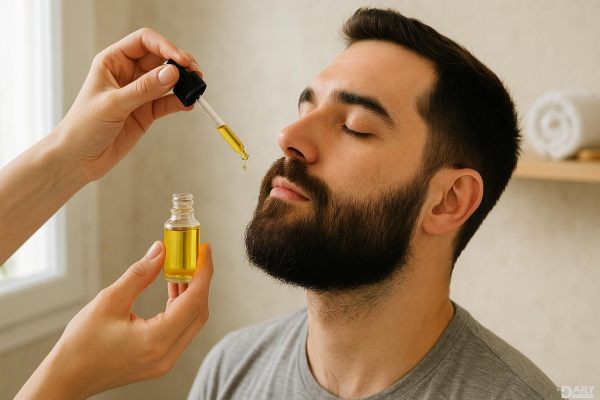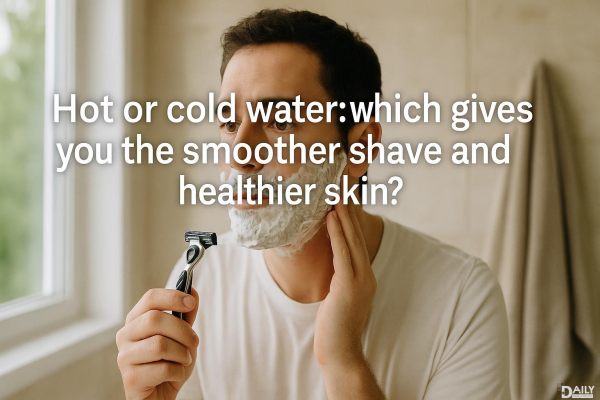Finding the best beard style for your face shape isn't just about looking good—it's about enhancing your natural features and boosting confidence. Whether you've got a chiseled jawline, a round face, or something in between, the right beard can make all the difference. Let’s break down how to match your facial structure with the perfect beard style so you can rock that facial hair like a pro.

If your face is square—think strong jawline and equally wide forehead—your goal is to soften those sharp angles. A full beard with slightly rounded edges can help create a more balanced look. Avoid boxy styles that exaggerate your jawline. Instead, opt for a medium-length beard with a bit of natural taper. A well-groomed stubble or a short beard with a faded neckline also works wonders. The key is to keep the sides neat while letting the chin area grow fuller to add some length and soften the overall appearance.
For guys with round faces, the challenge is creating the illusion of a more angular jawline. A beard with sharp, defined edges helps add structure. Go for a beard that’s shorter on the sides and longer at the chin—think a "goatee with extensions" or a "ducktail beard." These styles elongate the face and give the illusion of a more chiseled jaw. Avoid full, bushy beards that add width, as they can make your face appear even rounder. Instead, focus on keeping the sides tight and the chin area prominent.
Oval faces are the most versatile—almost any beard style works. If you’ve got this face shape, you can experiment with different lengths and shapes without worrying too much about proportions. A short stubble beard, a full beard, or even a Van Dyke (mustache with a disconnected goatee) can all look great. The only caution? Avoid going too long or too wide, as it might throw off your natural symmetry. Stick to well-defined lines and regular trims to keep things looking sharp.
Long faces benefit from beards that add width and reduce the appearance of length. A full beard with volume on the sides helps balance things out. Avoid styles that are too long at the chin—like a "Wizard beard"—as they’ll only make your face look longer. Instead, keep the beard fuller on the cheeks and shorter at the bottom. A well-maintained "Garibaldi" (a wide, rounded beard) or a "Balbo" (a beard with a disconnected mustache) can work well here. The goal is to create the illusion of a more proportional face shape.
If your face is wider at the forehead and tapers down to a narrow chin, you’ll want a beard that adds fullness to the lower half. A full beard with extra density around the jawline helps balance the proportions. Avoid styles that are too pointy at the chin—like a "Soul Patch" or a "Chinstrap"—as they can exaggerate the narrowness. Instead, opt for a "Circle Beard" (a rounded goatee) or a "Boxed Beard" to create the illusion of a stronger jaw. Keeping the mustache connected to the beard also helps blend everything seamlessly.
Diamond-shaped faces (narrow forehead and chin with wide cheekbones) need a beard that softens the cheekbones while adding width at the chin. A short to medium beard with fuller sides and a tapered chin works best. Avoid overly bushy beards that make the cheekbones appear wider. Instead, try a "Van Dyke" or a "Goatee" to draw attention downward. A well-groomed "Anchor Beard" (a pointed beard with a mustache) can also help balance the face by adding definition to the chin.
No matter your face shape, the right beard style can elevate your look from "meh" to "magnificent." The trick is understanding your natural structure and choosing a beard that complements—not competes with—your features. Experiment, groom regularly, and don’t be afraid to switch things up until you find your perfect match. After all, a great beard isn’t just about hair—it’s about confidence.
























